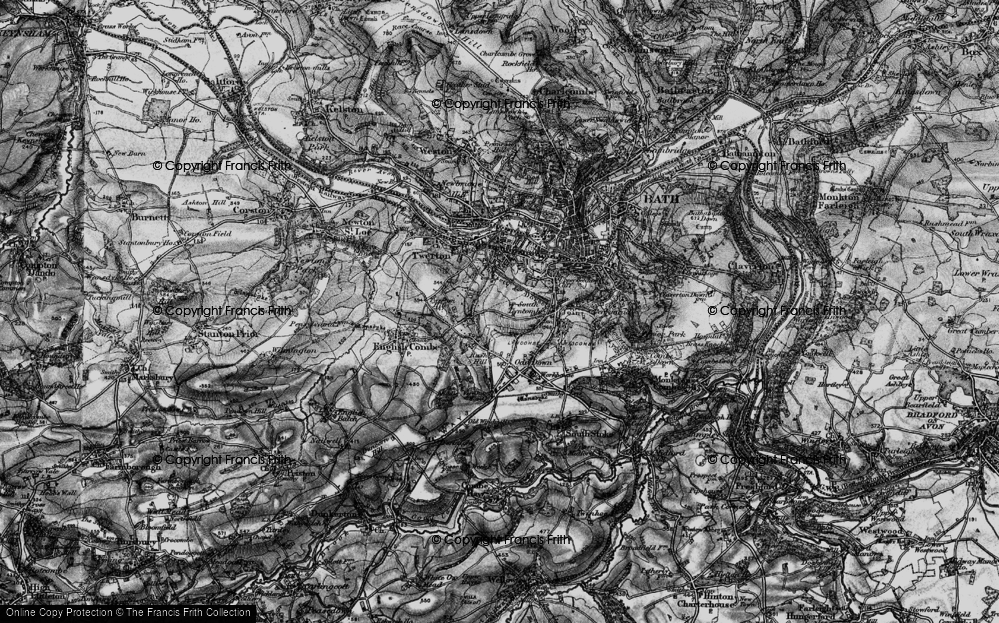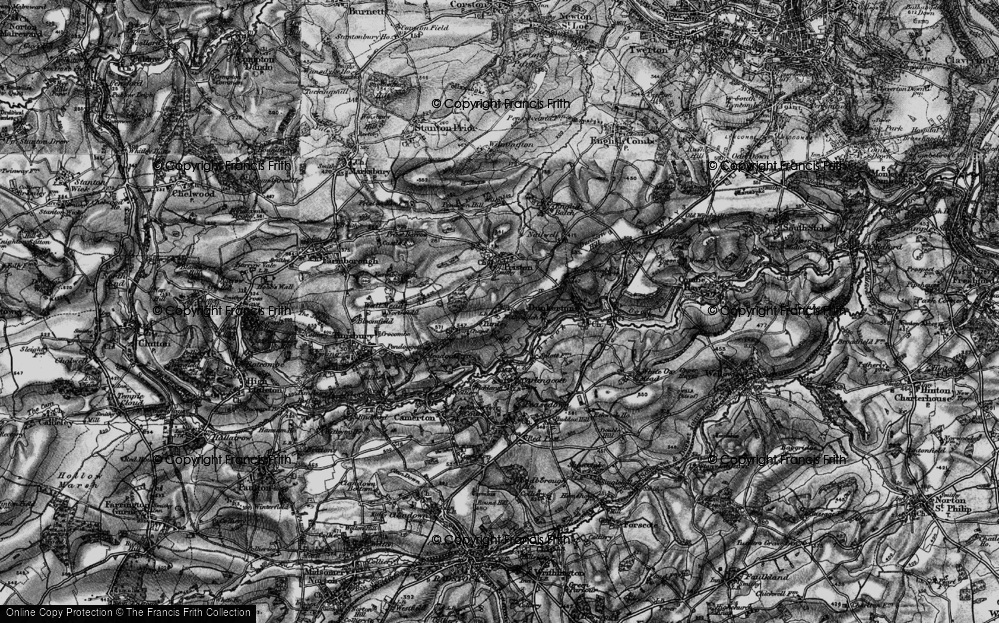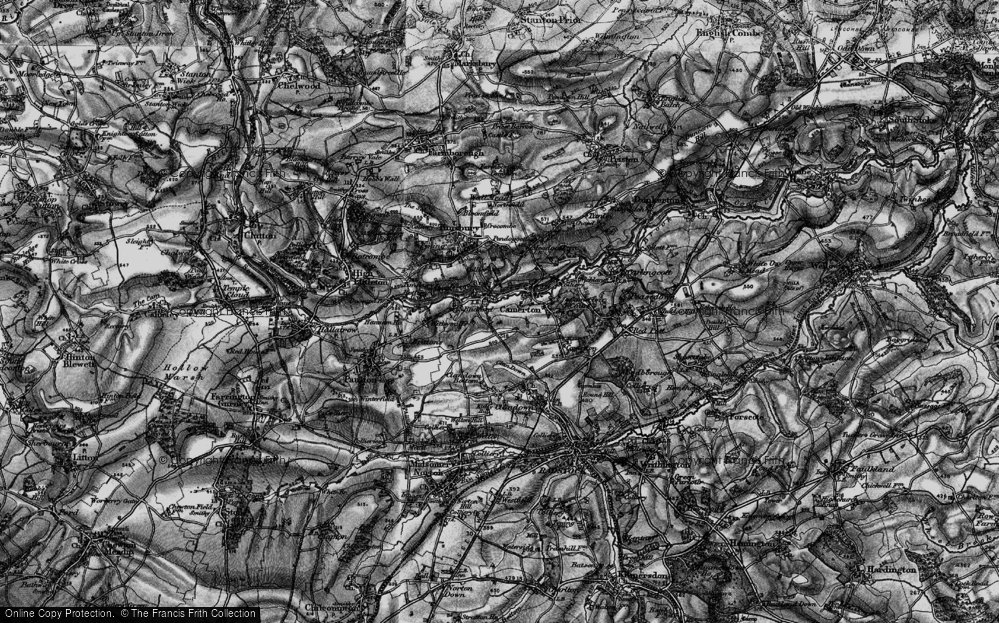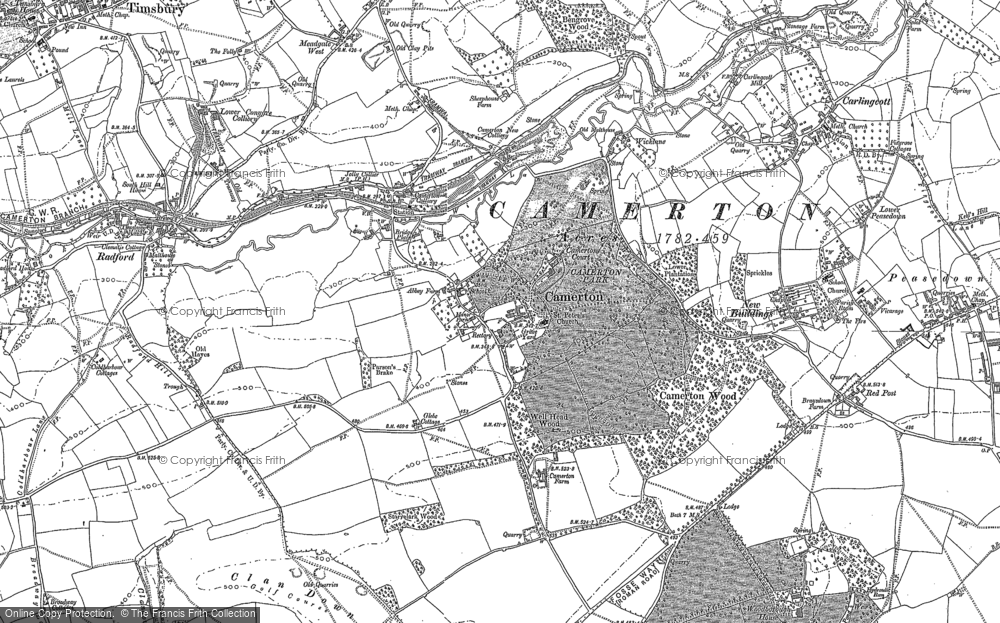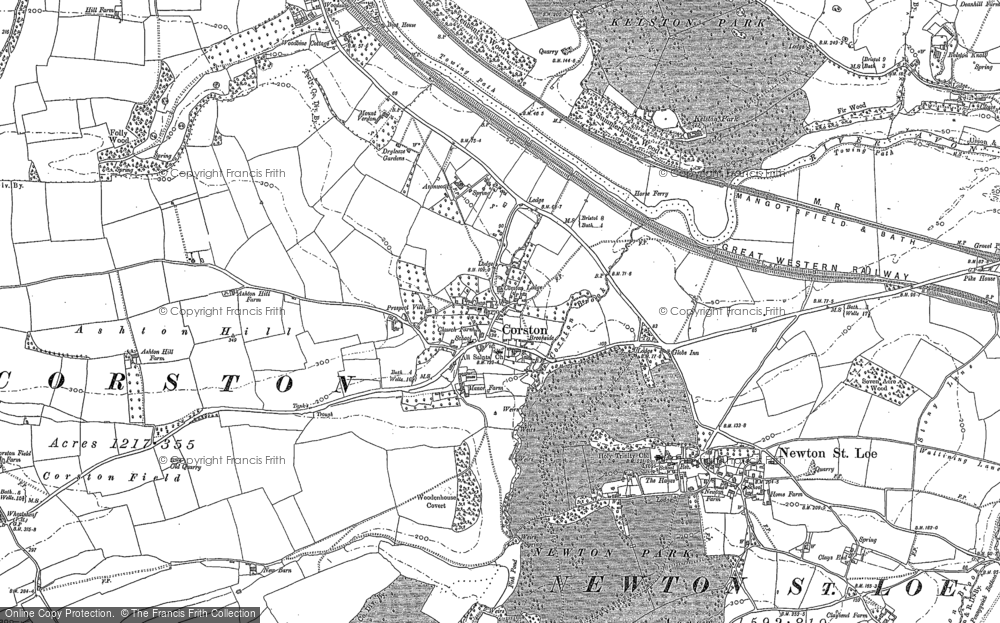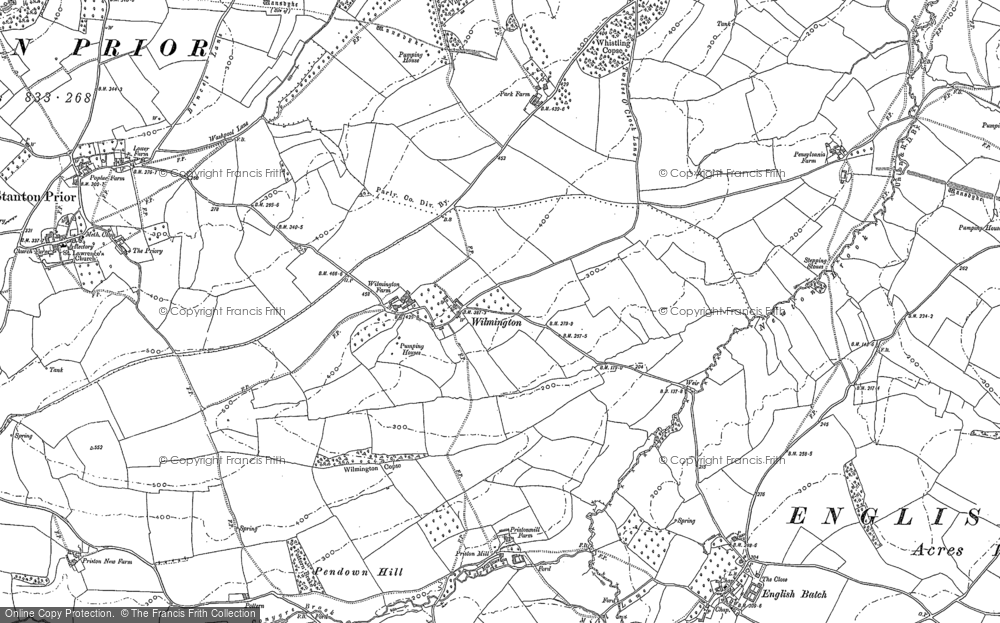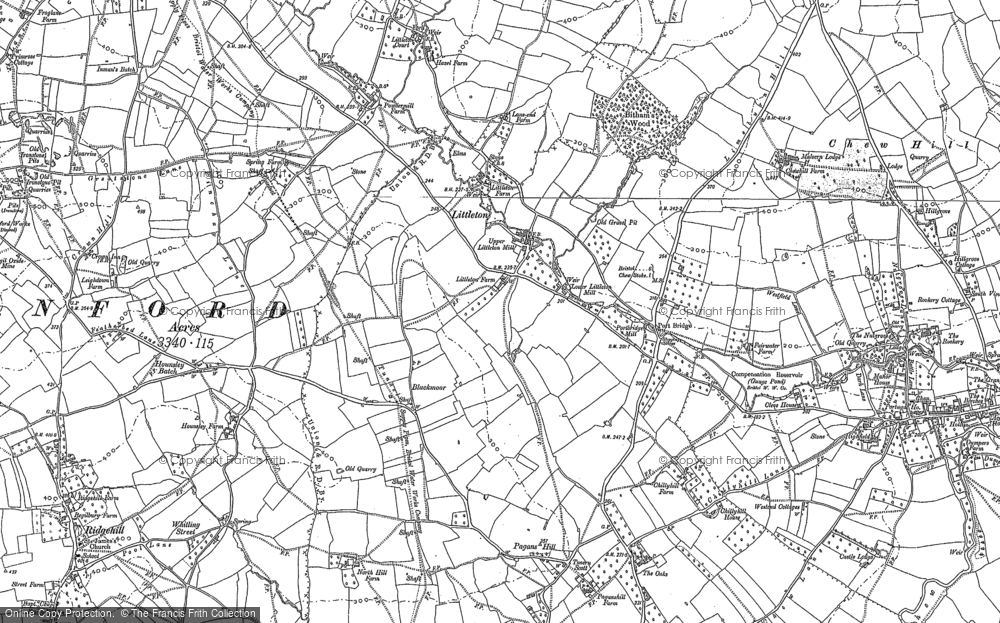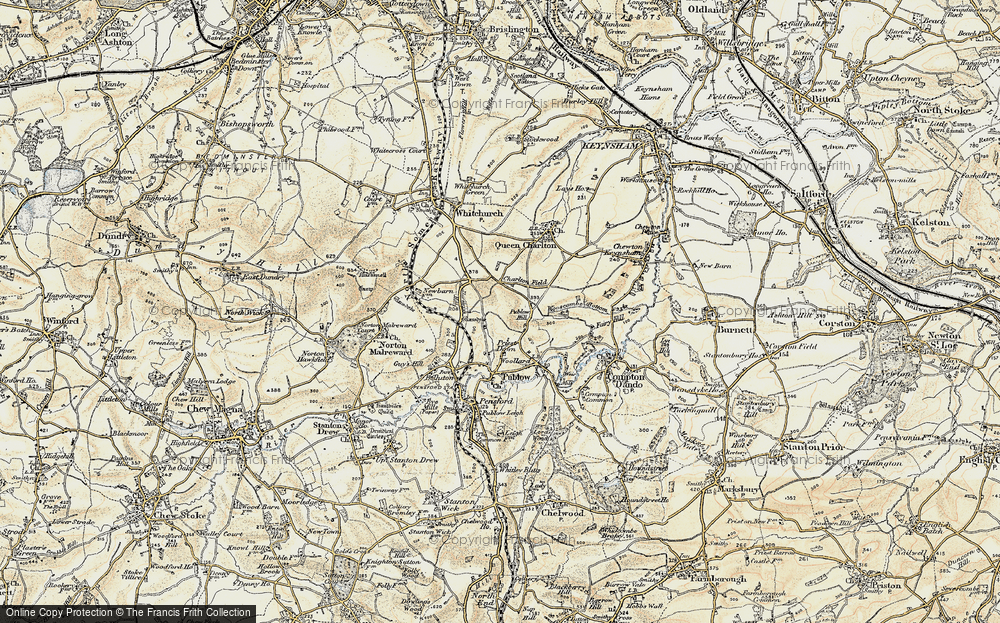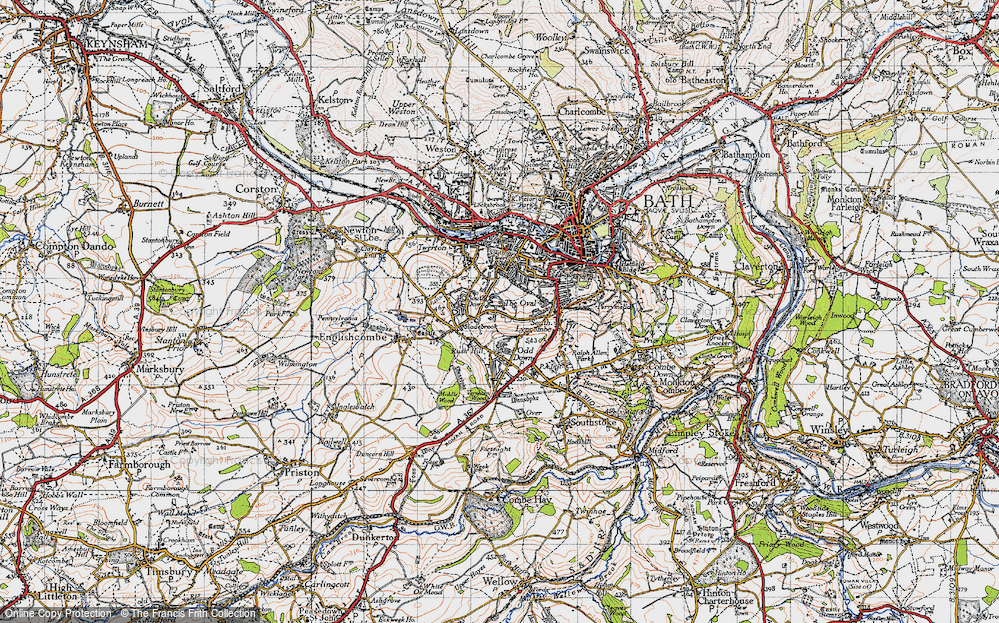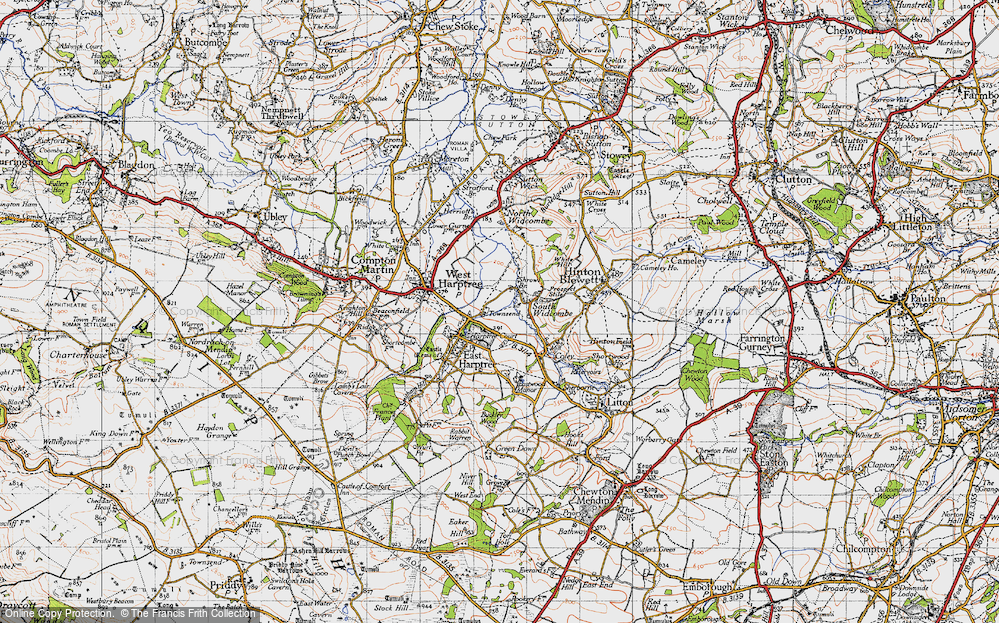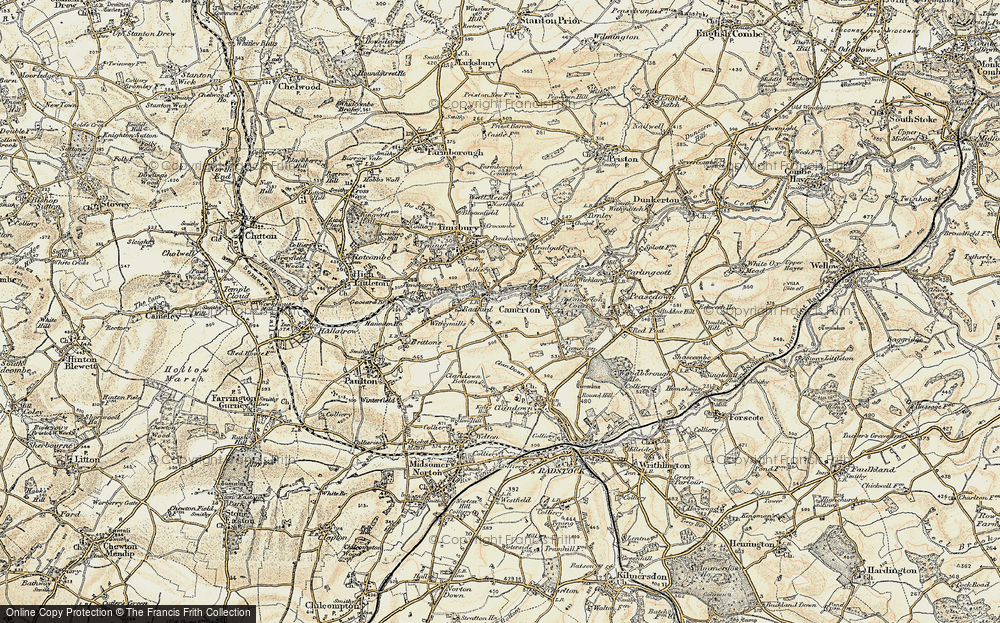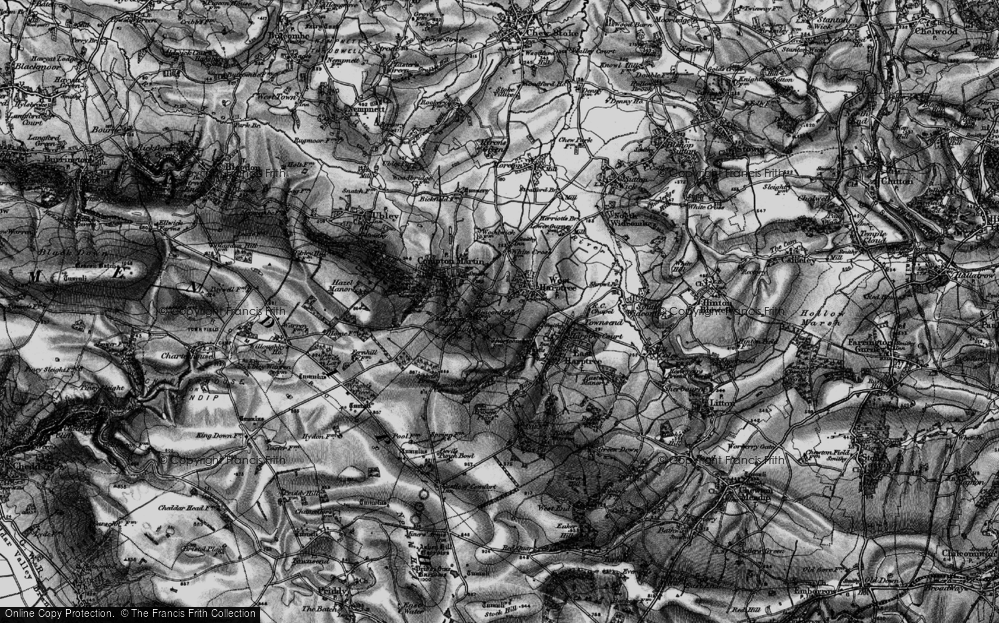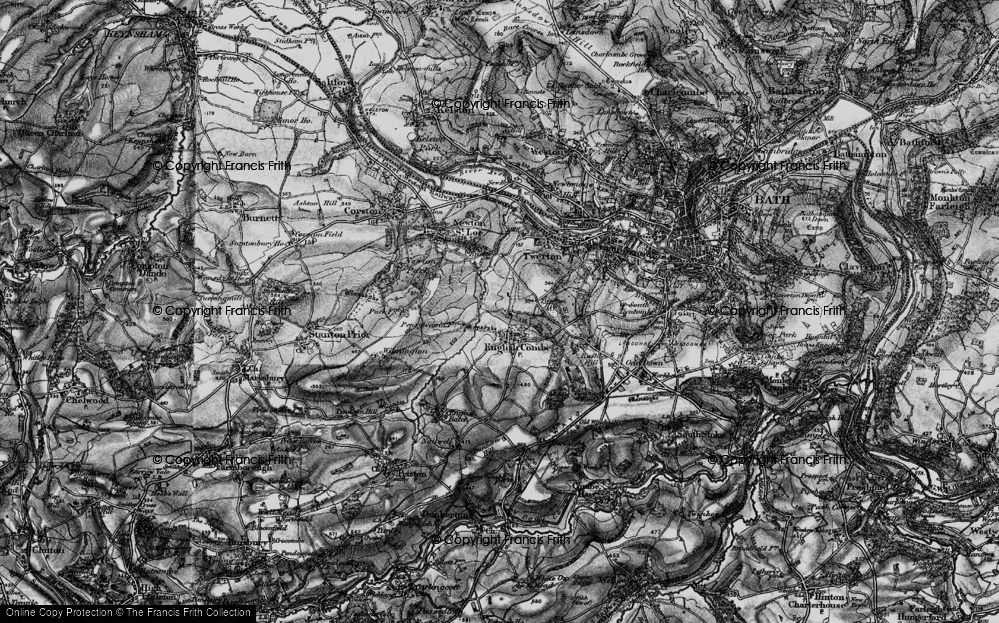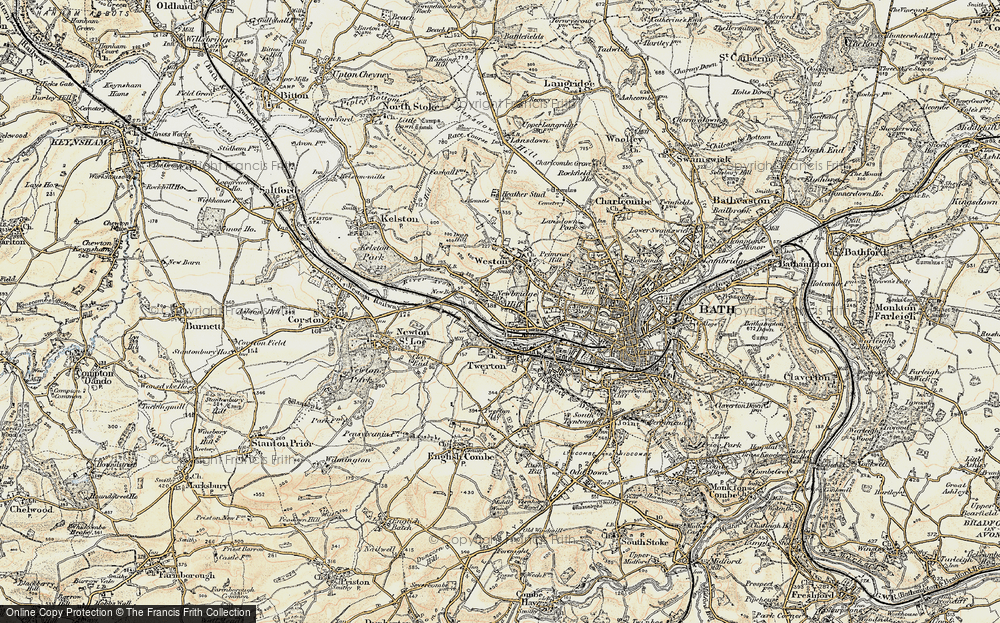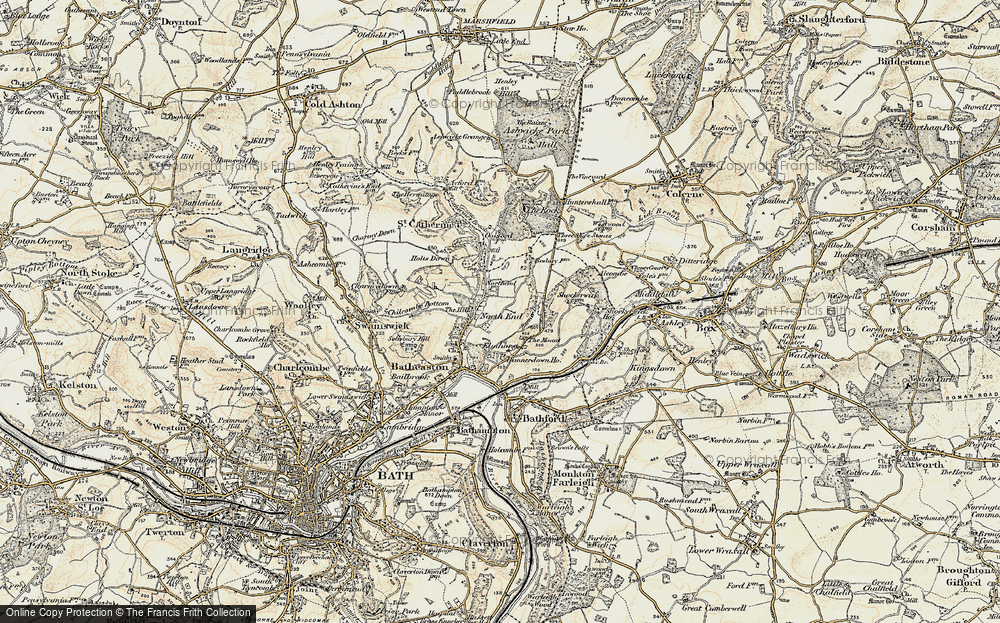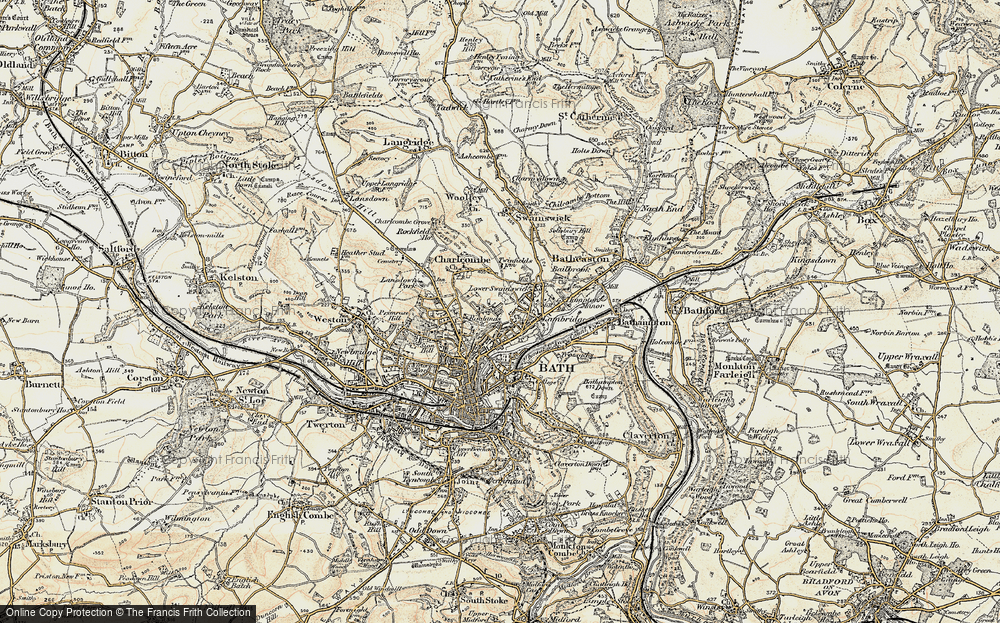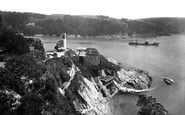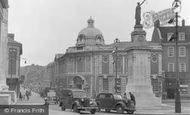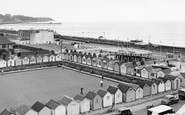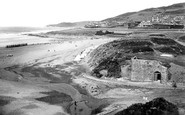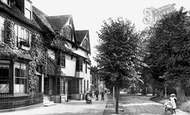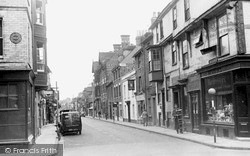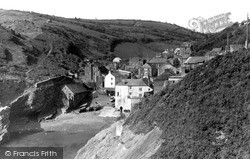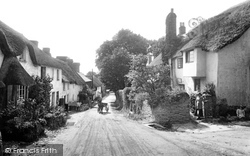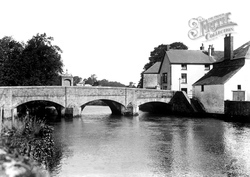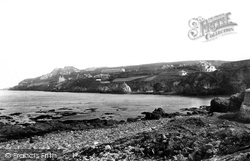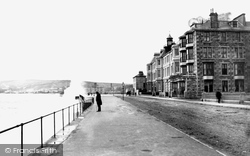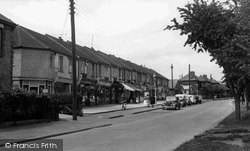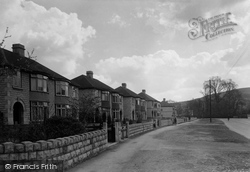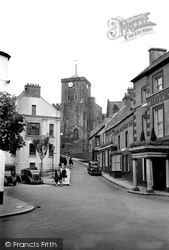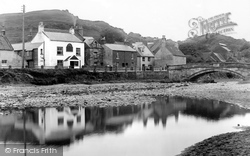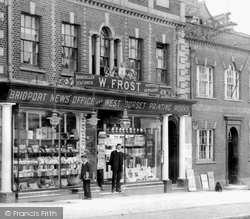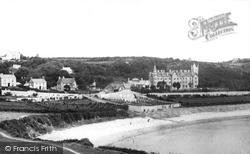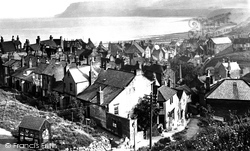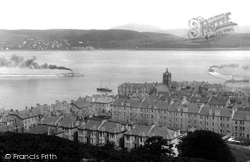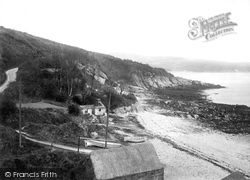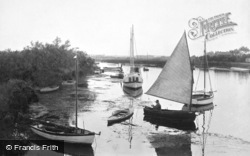Places
Sorry, no places were found that related to your search.
Photos
134 photos found. Showing results 161 to 134.
Maps
896 maps found.
Books
3 books found. Showing results 193 to 3.
Memories
540 memories found. Showing results 81 to 90.
To Sea
The Seagoing Years. I must have left the Army sometime in August or September of 1949, and went back to C.J.King & son, tug owners, to carry on with my job as deck boy. This was not to my ...Read more
A memory of Bristol in 1950 by
To North Town
I'd get the number 11 or 12 bus (I think?) religiously for 3 years, every day after school, having gone across the railway bridge at the station, from the now defunct St. Joseph's Primary. Sometimes it would go via the military area up ...Read more
A memory of Aldershot in 1975 by
Thorney Bay Beach Camp
My family and I stayed in a caravan at Thorney bay beach camp, oh my god what fun. There was nothing there so you made your own fun. Walking along the sea wall to the funfair every night, and eating saveloy and chips along ...Read more
A memory of Canvey Island by
This Is History!
I went to Colwyn Bay with a girl friend and we stayed at 'Tyn-y-maes' (sorry can't remember how to spell it). I met my husband on that holiday when we were only in our early teens. We were friends on and off for several years and ...Read more
A memory of Colwyn Bay in 1947 by
Then I Bought A Boat.
For some time I had been thinking it would be nice to own a boat, and with this in mind I would keep my eyes open. It was only then I discovered boats for sale were very few and far between. You might think in a place like ...Read more
A memory of Dartmouth by
The Teachers.
The lovely talented and sophisticated Miss Bartlett took the youngest class. I think she may have been to art school cos she drew a Spanish Conquistador (complete with sailboat steel helmet) in coloured chalk on the blackboard, dressed ...Read more
A memory of Luton
The Son Of A Preacher Man
1946 to 1951 - my father was the vicar at St Nicholas Church. The vicarage was a huge place in nearly two acres of land, with a quarter of it wild and rambling. Loads of trees and bushes to make a delightful hunting ...Read more
A memory of Thames Ditton in 1946 by
The Skating Rink
The skating rink behind the Bowls green mid left hand side of the Picture was at the time run by my father, Vic McBride. I could be the Little boy skating, at the edge of the Picture. The Whole area the Rink, the Beach, the ...Read more
A memory of Felixstowe by
The Life Of A .Woolacombe Lad
I was born in the North Devon Royal Infirmary in June 1936 and lived in and around the village for 19 years before doing my national service.I never returned again as i needed a job in a city like Bristol. My father was ...Read more
A memory of Woolacombe by
The Home Of Horsham Museum
The second building on the left is now the home of Horsham Museum. The bay window has been removed from the nearest building. The view is from the top of the Causeway looking towards St Mary's Church.
A memory of Horsham by
Captions
870 captions found. Showing results 193 to 216.
The right-hand side of New Street is today still largely intact, with some interesting architectural features such as red brick decorations, first floor bay windows and jettied overhangs.The left
The village of Portloe (meaning 'bay with pool') is one of Cornwall's best-kept secrets - a tiny, rocky fishing cove with narrow streets and the fine 17th-century Lugger Inn.
Thurlestone takes its name from a holed, or thirled, rock just out at sea in Bigbury Bay, which was mentioned in a Saxon charter way back in 845.
The buildings seen to the right of the bridge here have been extensively redeveloped with the exception of the building with the bay window which remains as it is in this photograph.
The large building on the left of the picture is the present Chy-an-Albany Hotel.
This view shows clearly the rocky promontory of the Head, which was known in Celtic times as Beann Eadir, or Eadar's peak. It is connected to the mainland and Dublin Bay by a sandy spit.
Despite the relative shelter offered by Mounts Bay, winter storms can sometimes be ferocious.
In this picture we see a parade of shops with bay-windowed accommodation above. Note the awnings protecting goods displayed in the windows from fading in the glare of the sun.
These bay- windowed houses in Cirencester Road were built in the 1930s to meet the needs of Cheltenham's growing population.
By the time this photograph was taken, the building to the left of the picture had been painted and deprived of its bay window.
In the 12th century, Sandsend was recorded as having 53 tenants' cottages belonging to the lord of the manor. The area is known as Dunsley Bay, and Sandsend is really two villages.
One of the reasons why Robin Hood's Bay proved to be a popular haunt for artists is the picturesque cluster of red-roofed cottages perched somewhat precariously on the cliffs.
Barnaderg bay at the end of Ballynakill Harbour, close to Letterfrack. In the distance is the mountainous tract of Connemara. A rather beautiful boat is drawn up on the rocky foreshore.
This, the most westerly town in England, has been raided down the centuries by Spanish ships and by pirates.
West Street 1930 This town was a considerable port in the middle ages, but the silting up of its ancient harbour led to a decline in trade.
Viewed from the direction of Bryn Euryn, the prominence of the Victoria Pier is clear; Colwyn Bay sought to rival nearby Llandudno as the main attraction, as post-war mass tourism brought
This popular bay and beach lies to the west of Mumbles. Note the walled garden in the centre of the picture complete with lean-to
Moored pleasure boats swing easily to a strong tide as weak sunlight dapples rippled waves along the river bay.
Part of the village is clustered around the top of a ravine; notice the steep flight of steps in the lower foreground dropping away down toward the sea.
Just a handful of people and two bathing machines can be seen in this late-Victorian photograph of Stokes Bay.
A view over the rooftops from Tower Hill. The steamer crossing West Bay is heading to Greenock. A steamer has just departed, crossing to Kilcreggan.
Situated between Groudle Glen and Laxey, Garwick was just twenty minutes away from Douglas on the Manx Electric Tramway, but it looks as though our intrepid cameraman had the place all to himself.
The circular estuary of the Stour and Avon, where the two rivers penetrate far inland, and the shores of Christchurch Bay, attract thousands of sea and wading birds, particularly during the winter months
By 1938, Shaplands Restaurant has become a Cafe‚ and the hotel had expanded into the shops on the right.
Places (0)
Photos (134)
Memories (540)
Books (3)
Maps (896)





